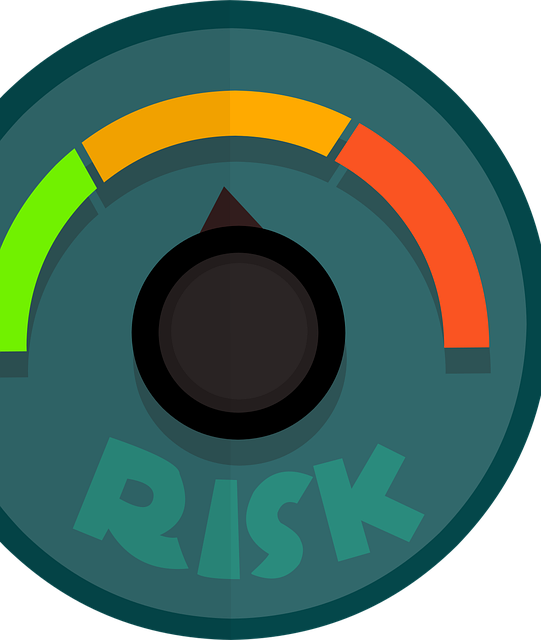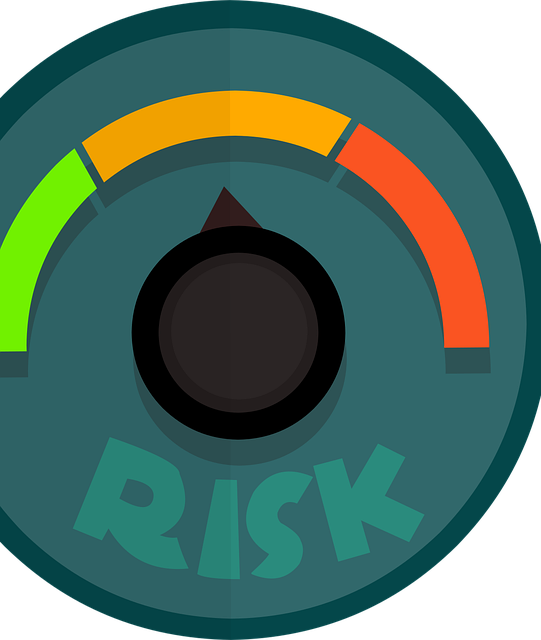Sewage backup cleanup in San Antonio homes requires a structured process: assess water intrusion and damage, use specialized equipment for removal, employ structural drying services to eliminate moisture from internal structures, contain area, thoroughly clean with advanced equipment, and safeguard against mold growth and health risks. Timely professional intervention is vital for comprehensive restoration.
Water mitigation and structural drying services are essential in restoring damaged properties, especially after severe weather events or sewage backups. In this article, we’ll guide you through the water mitigation process and highlight when to seek expert assistance for efficient recovery. We’ll also delve into effective strategies for San Antonio sewage backup cleanup, ensuring your home is restored to its pre-loss condition. Understanding these steps can make all the difference in mitigating potential health risks and saving valuable possessions.
- Understanding Water Mitigation Process
- When to Call for Structural Drying Experts
- Effective San Antonio Sewage Backup Cleanup Strategies
Understanding Water Mitigation Process

Water mitigation involves a complex process designed to minimize damage caused by excess moisture, especially after events like sewage backup in San Antonio homes. The initial step is assessment; experts inspect the affected area to determine water intrusion points and extent of damage. This crucial phase ensures targeted and effective drying techniques are employed.
Once identified, water is removed using specialized equipment such as pumps and dehumidifiers. Structural drying services focus on not just surface-level dryness but also ensuring the building’s internal structure is free from moisture. This meticulous process involves monitoring humidity levels until they reach safe thresholds, guaranteeing that no residual moisture remains which could lead to mold growth or further structural damage.
When to Call for Structural Drying Experts

If you’re dealing with a sewage backup cleanup in San Antonio homes, it’s crucial to know when to call in structural drying experts. While initial cleanup efforts are essential, professional assistance is required for thorough and safe restoration. Water damage from sewage backups can lead to mold growth, structural decay, and health risks if not addressed promptly and properly.
Seeking expert help is recommended when the water mitigation process becomes extensive or complex. Signs include extensive water infiltration, visible mold growth, or structural damage. Professionals equipped with specialized equipment and expertise will ensure comprehensive drying, prevent further damage, and mitigate health hazards associated with contaminated water.
Effective San Antonio Sewage Backup Cleanup Strategies

When dealing with a sewage backup in San Antonio homes, swift and effective cleanup strategies are paramount to mitigate damage and prevent further complications. The first step is to contain the affected area using specialized equipment to avoid the spread of contaminants. Professional services employ advanced techniques like positive pressure ventilation and air movement systems to expedite drying processes while ensuring safe and healthy living conditions.
After containing the backup, removing all sources of water and cleaning surfaces thoroughly is crucial. Experts utilize high-performance extractors and advanced dehumidifiers to eliminate moisture from floors, walls, and other structures. This meticulous process not only restores the property but also prevents mold growth and the potential health risks associated with sewage backup cleanup in San Antonio homes.
In addressing sewage backup cleanup in San Antonio homes, a swift and expert response is key. Understanding the water mitigation process and knowing when to call for specialized structural drying services can significantly minimize damage and prevent mold growth. By employing effective strategies like those discussed, homeowners can ensure their properties are restored efficiently, maintaining a safe and healthy living environment.
